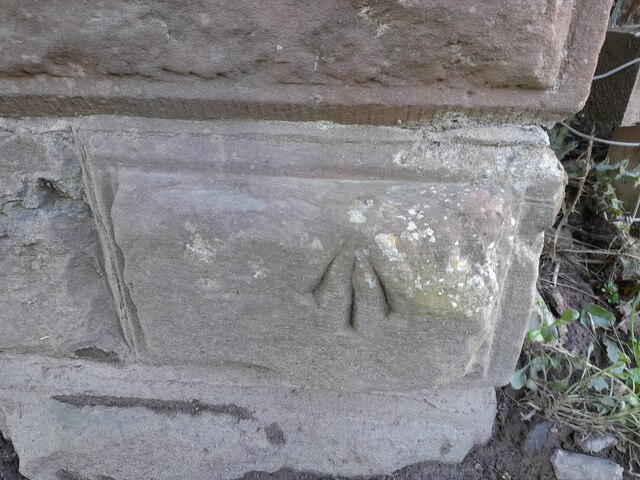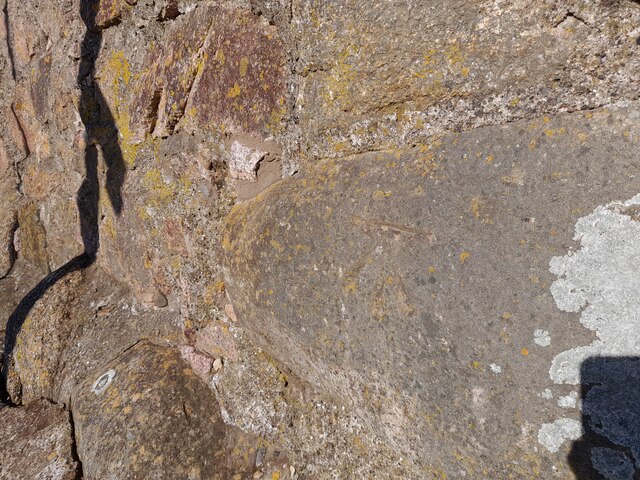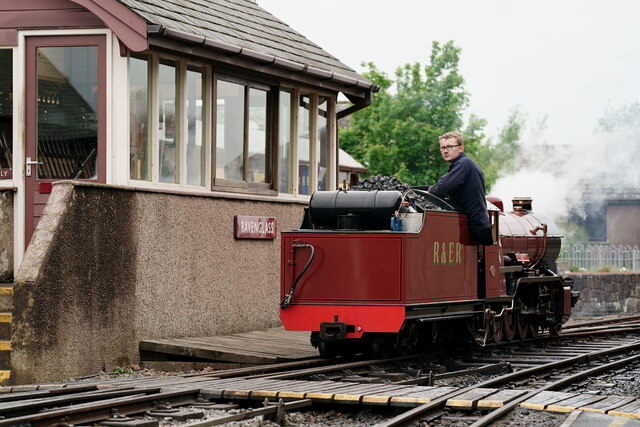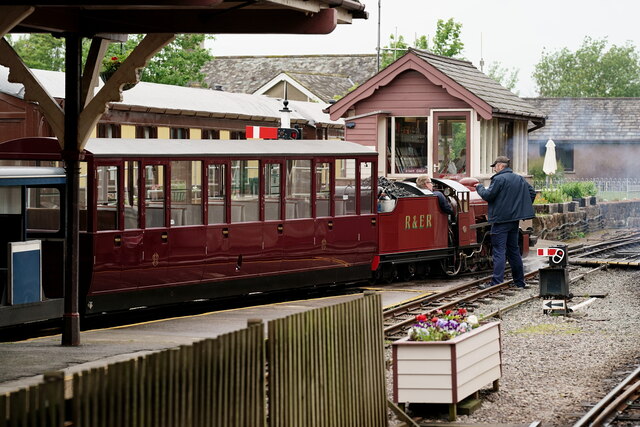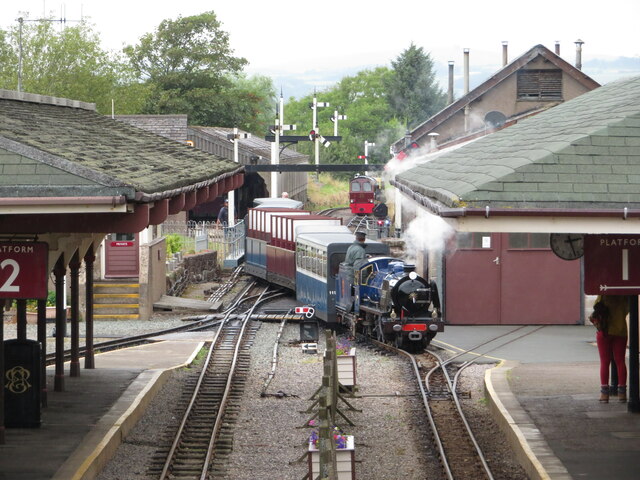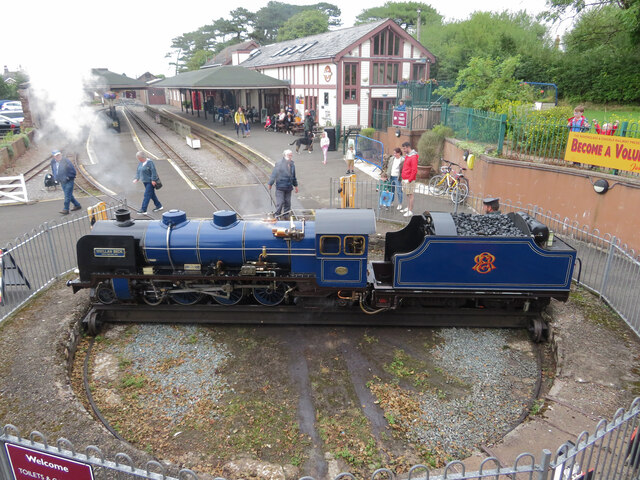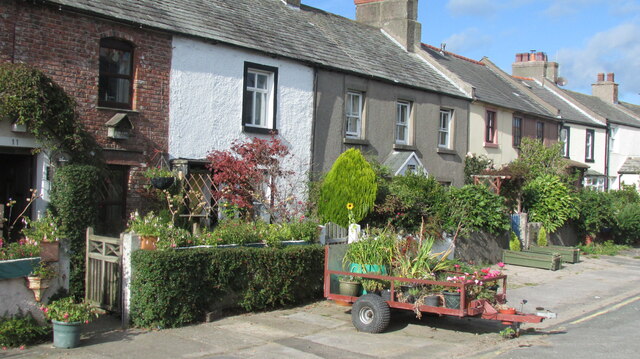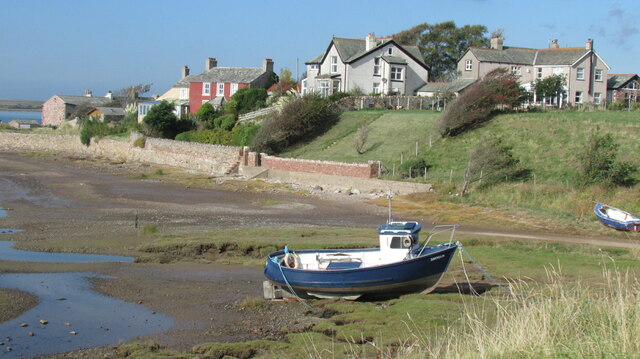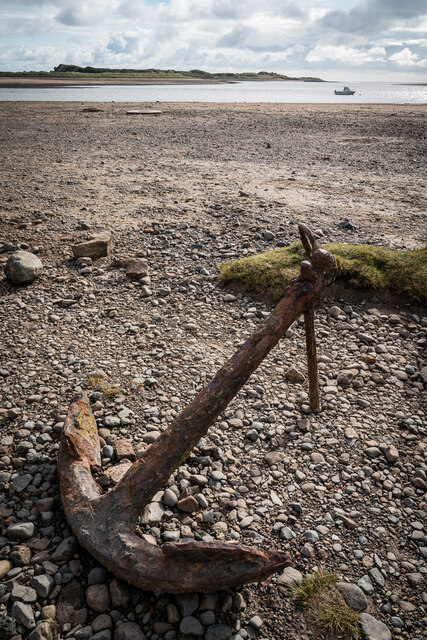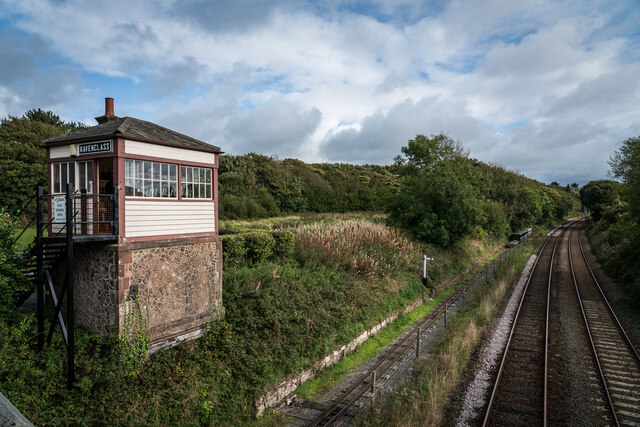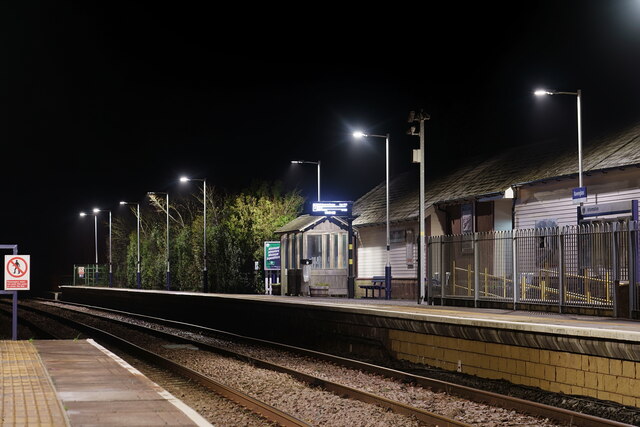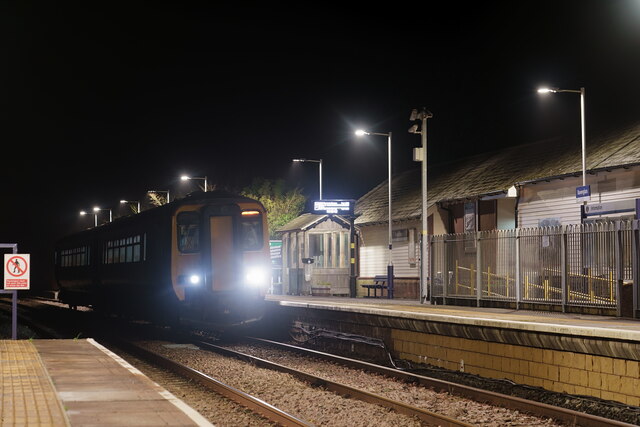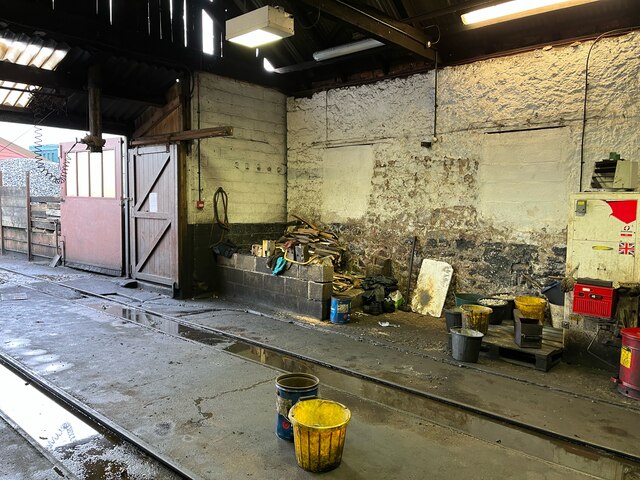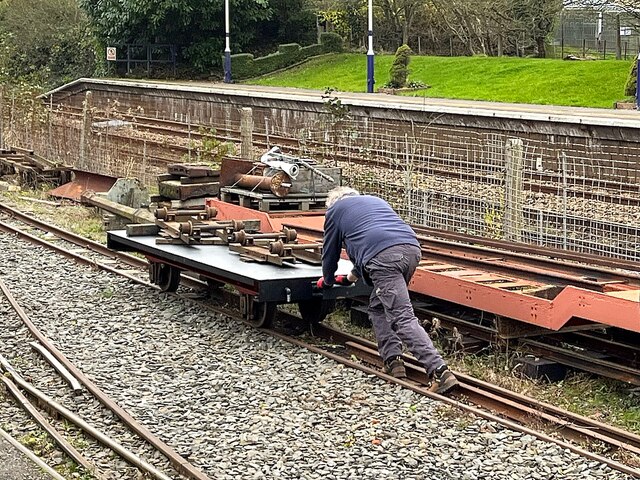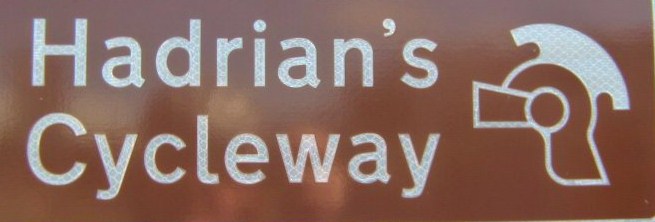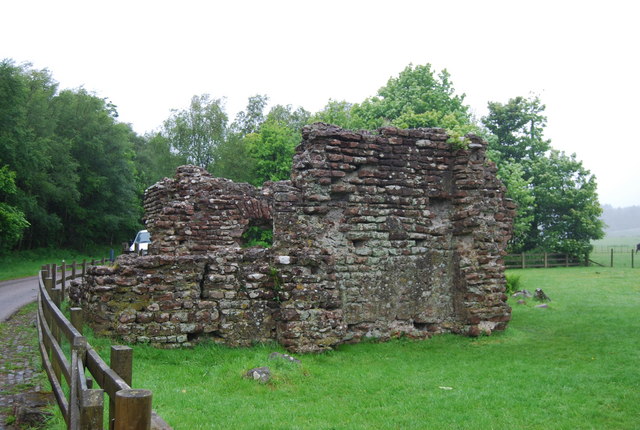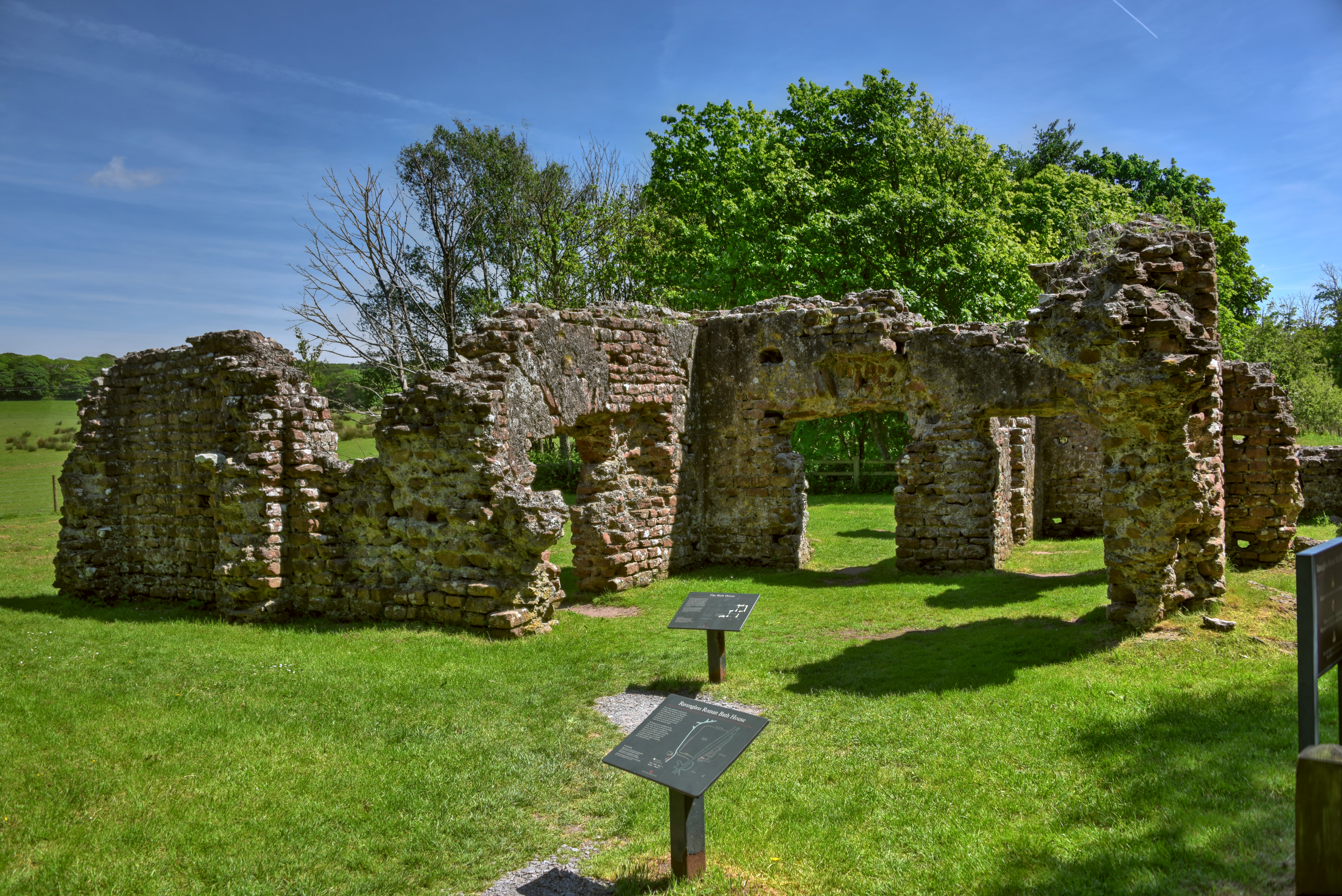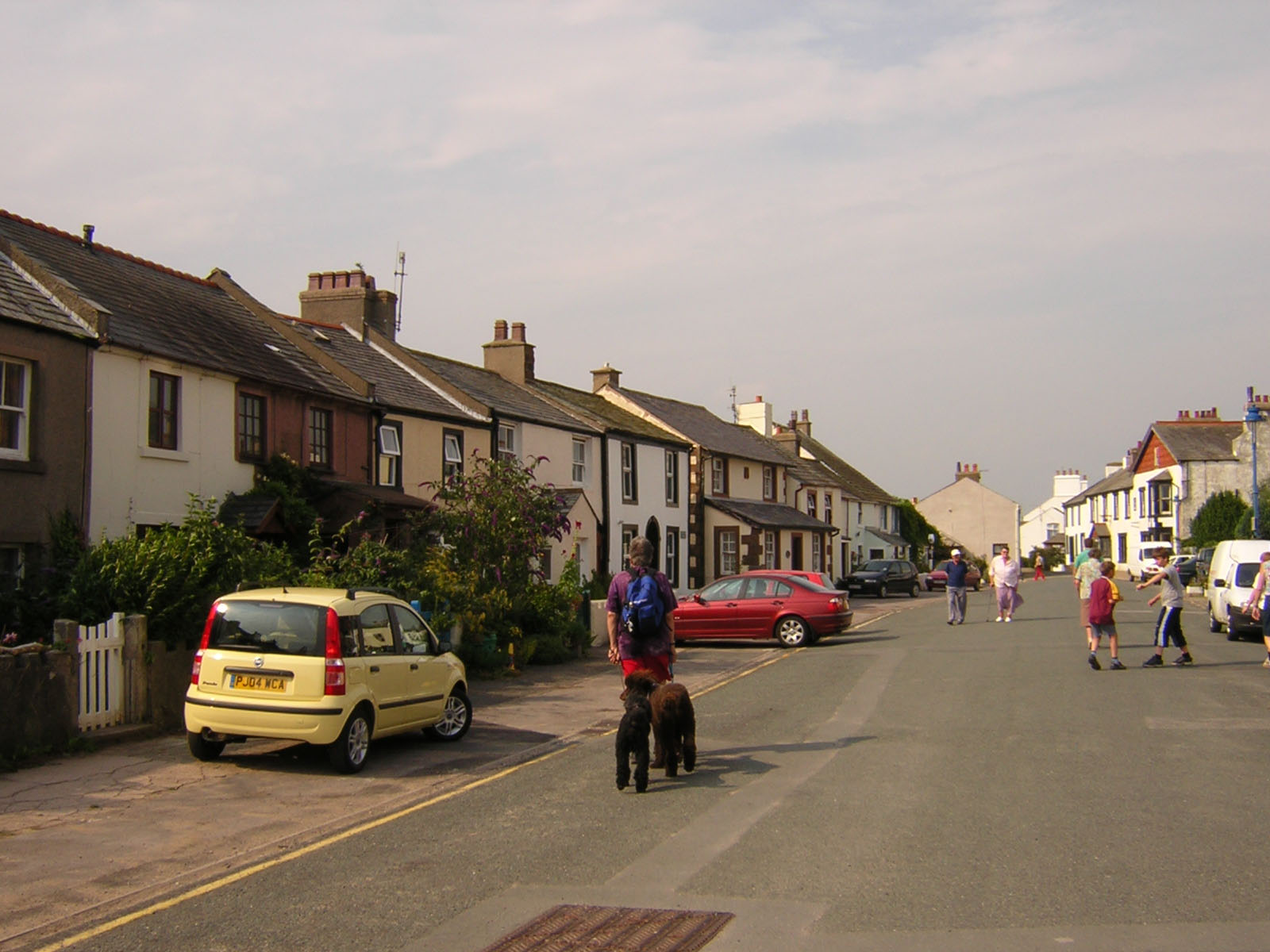Esk Garth
Coastal Marsh, Saltings in Cumberland Copeland
England
Esk Garth
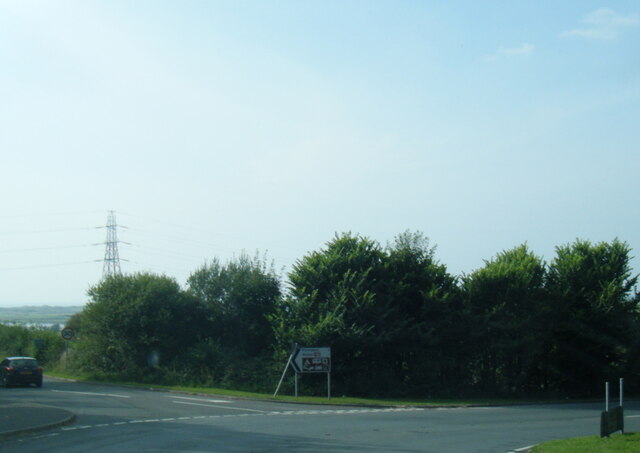
Esk Garth is a coastal marsh located in Cumberland, England. It is situated along the coastline and is known for its unique ecosystem and diverse wildlife. The marsh is characterized by its vast expanse of salt marshes and saltings, which are regularly flooded by the tide.
The marshes are home to a variety of plant and animal species that have adapted to the saline conditions. The vegetation consists of salt-tolerant grasses, herbs, and shrubs, which provide important habitats for nesting birds and other wildlife. The area also supports a diverse range of invertebrates, including worms, snails, and crabs.
The marsh acts as an important stopover point for migratory birds, as it provides them with food and shelter during their journeys. Species such as dunlins, redshanks, and curlews can often be spotted in the area. The marsh also attracts a large number of wading birds, which feed on the rich mudflats exposed at low tide.
In addition to its ecological significance, Esk Garth is a popular destination for nature enthusiasts and birdwatchers. The marsh offers opportunities for walking, photography, and wildlife observation, with several designated viewing points and trails for visitors to explore.
Overall, Esk Garth is a valuable coastal marsh in Cumberland, providing a habitat for a diverse range of plant and animal species, as well as offering recreational opportunities for visitors. Its unique ecosystem and scenic beauty make it a significant natural site in the region.
If you have any feedback on the listing, please let us know in the comments section below.
Esk Garth Images
Images are sourced within 2km of 54.349306/-3.406533 or Grid Reference SD0895. Thanks to Geograph Open Source API. All images are credited.
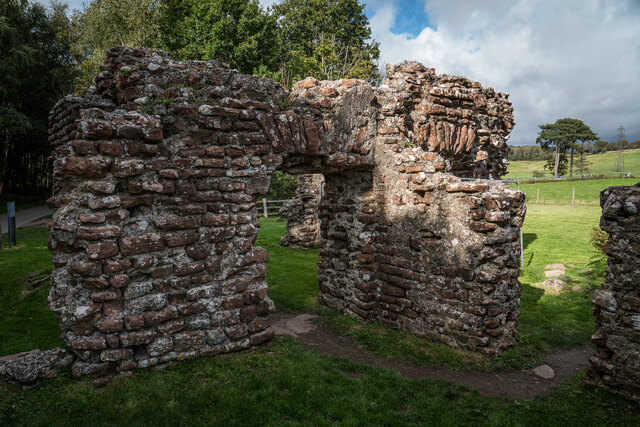
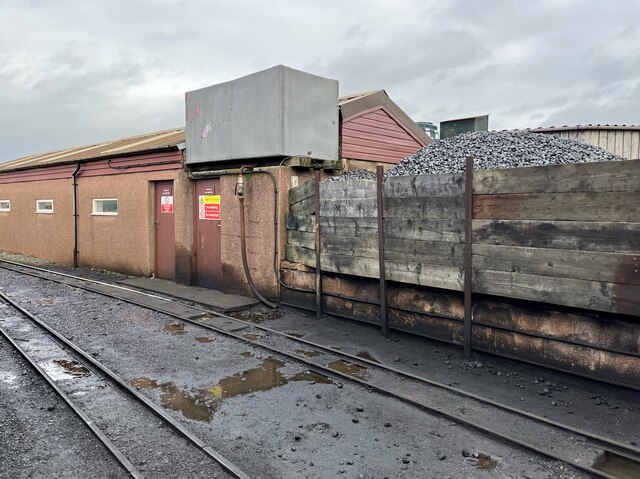
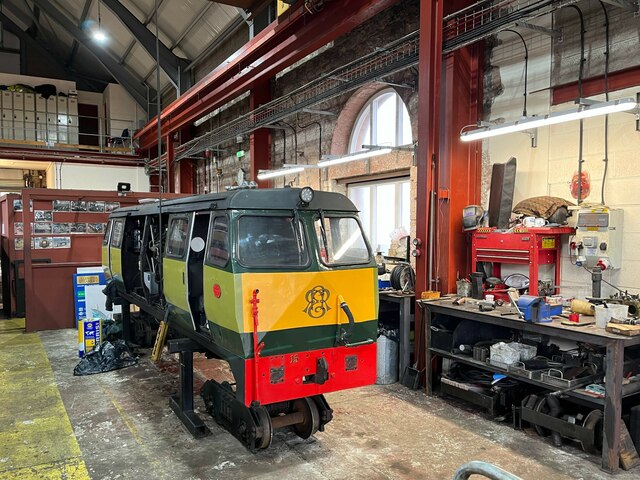
Esk Garth is located at Grid Ref: SD0895 (Lat: 54.349306, Lng: -3.406533)
Administrative County: Cumbria
District: Copeland
Police Authority: Cumbria
What 3 Words
///executive.tune.audible. Near Seascale, Cumbria
Nearby Locations
Related Wikis
National Cycle Route 72
National Route 72 of the National Cycle Network, in Northern England is also called "Hadrian's Cycleway". It starts at Kendal and makes its way around...
Glannoventa
Glannoventa is a Roman fort associated with the Roman naval base at Ravenglass in Cumbria, England. Its name is derived from the Latin place-name Clanoventa...
Ravenglass Roman Bath House
Ravenglass Roman Bath House (also known as Walls Castle) is a ruined ancient Roman bath house at Ravenglass, Cumbria, England. Belonging to a 2nd-century...
Ravenglass
Ravenglass is a coastal village in Cumberland, Cumbria, England. It is between Barrow-in-Furness and Whitehaven. Historically in Cumberland, it is the...
Nearby Amenities
Located within 500m of 54.349306,-3.406533Have you been to Esk Garth?
Leave your review of Esk Garth below (or comments, questions and feedback).
